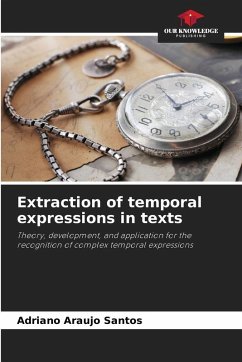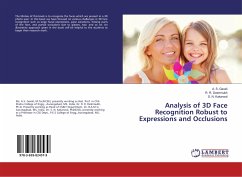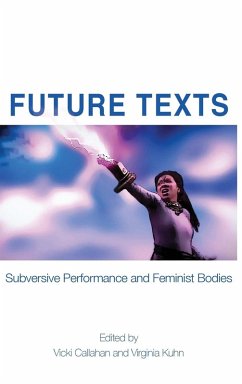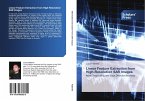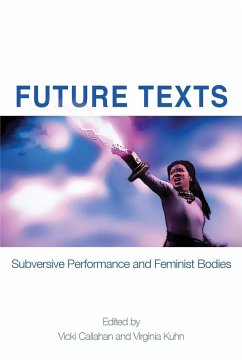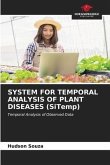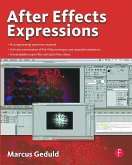The need to manage the large amount of digital documents that exist today, coupled with the human inability to analyze all this information in a timely manner, has led to growth in research and development of systems in the area of process automation for information management. However, this activity is not trivial. Most of the available documents do not have a well-defined (standardized) structure, which makes it difficult to create computational mechanisms that automate the analysis of information and generates the need to promote intermediate activities to convert information in natural language into structured information. This requires activities to recognize nominal, temporal, and spatial patterns. Regarding this research, the main objective was to create a mechanism for recognizing temporal patterns.
Bitte wählen Sie Ihr Anliegen aus.
Rechnungen
Retourenschein anfordern
Bestellstatus
Storno

